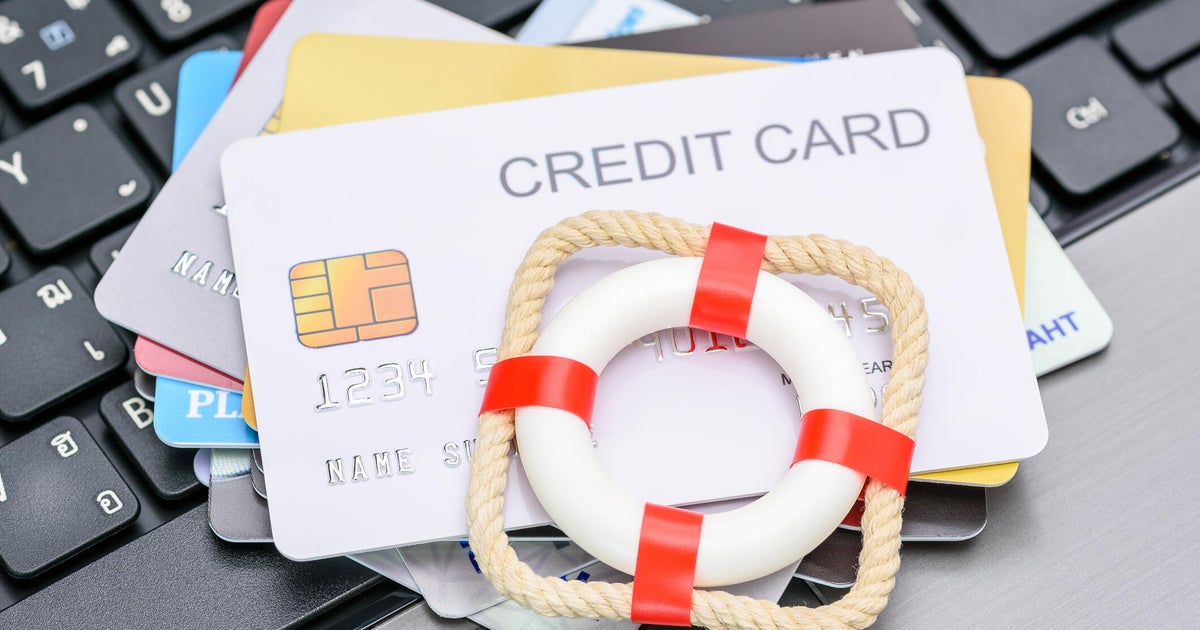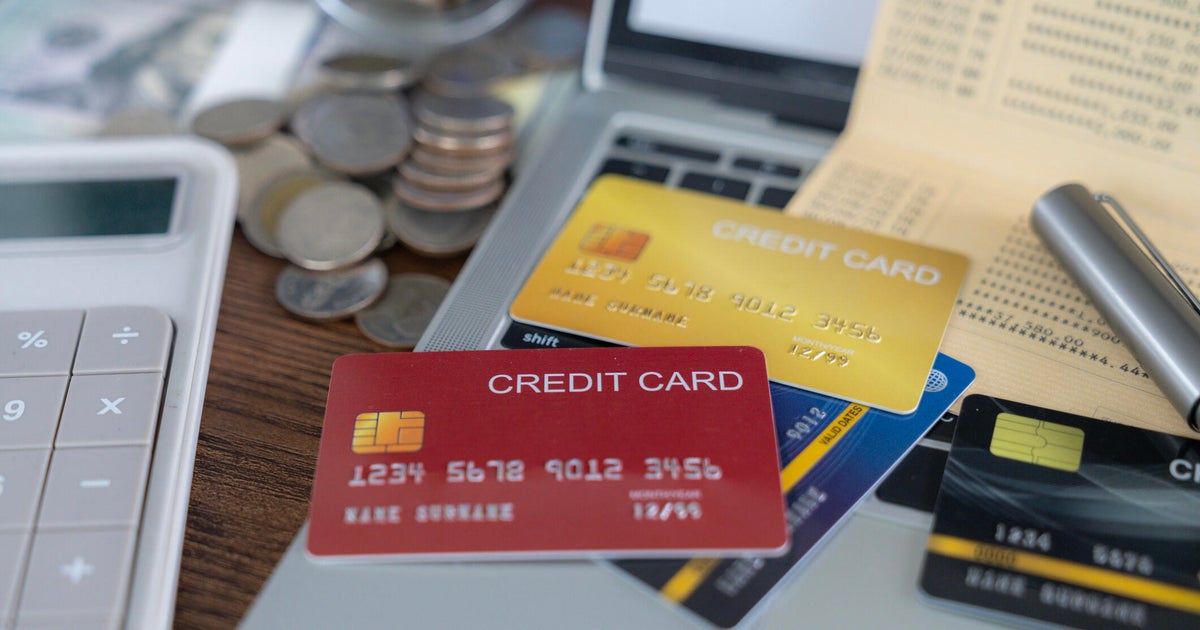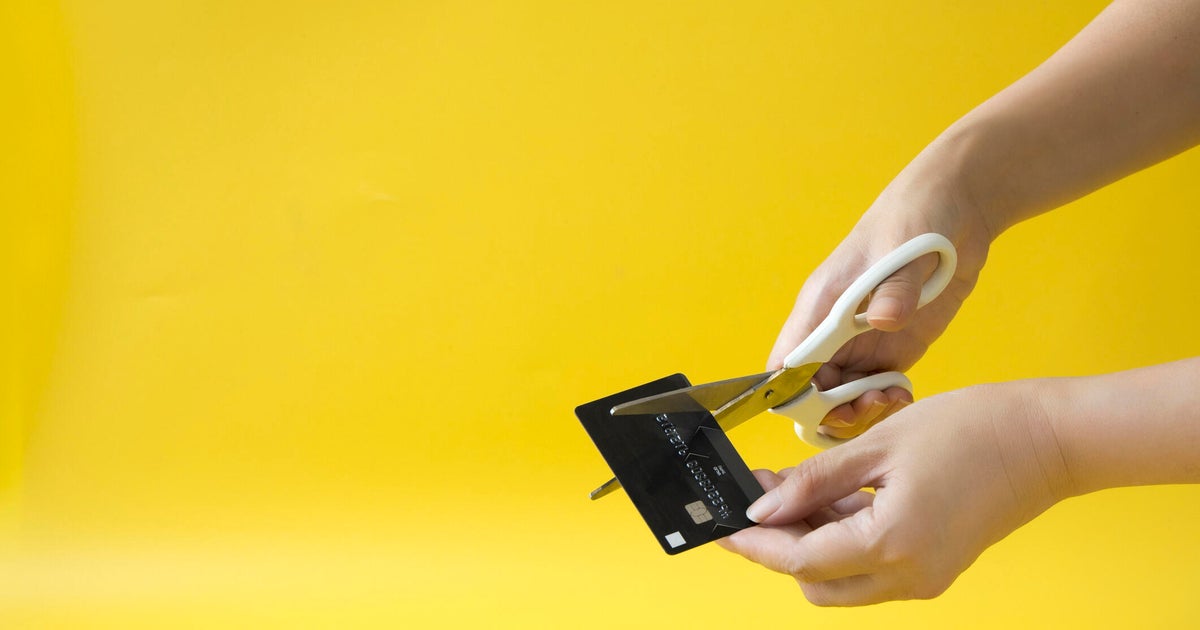What happens if you can't pay your credit card debt?
Credit card usage has become increasingly common over the last couple of decades, in large part because of the convenience and flexibility it offers. According to the Federal Reserve Bank of New York, credit card balances are now at a collective $1.14 trillion nationwide. That's an increase of $27 billion during the second quarter of 2024 alone — and an uptick of 5.8% compared to one year ago.
But while credit card usage is common, it can also be dangerous to your finances. After all, a number of recent economic hurdles — like rising consumer goods costs caused by inflation — have left many people's budgets stretched thin. In turn, many people are relying on their credit cards to cover the gaps. That's happening at a time when the average card rate is hovering near 23% and as the hefty interest charges compound, it can be tough to get ahead.
In some cases, your ballooning credit card balances can make it tough to meet even the minimum payment obligations. That can be a daunting prospect — especially considering that there are often hefty repercussions for falling behind.
Need extra help with your credit card debt? Explore your debt relief options here now.
What happens if you can't pay your credit card debt?
If you're unable to make your credit card payments, it could result in a range of consequences, including:
Late fees and penalties
Most credit card issuers charge fees for late payments, which typically range from $25 to $40, when you miss a payment (or make a payment after the grace period). These fees are added to your balance, increasing your total credit card debt.
Learn more about the credit card debt relief options available to you now.
Interest rate hikes
Many credit card agreements include a clause that allows the issuer to raise your interest rate if you are 60 days late on a payment. This penalty annual percentage rate (APR) is generally significantly higher than your regular rate and may be as high as 29.99%.
A penalty APR typically lasts for six months, and you have to make six on-time payments to get rid of it. That means the penalty APR can last even longer if you continue to make late payments on the account — making it even more challenging to pay off your debt.
Negative credit score impact
Payment history is one of the most significant factors in determining your credit score. Any late or missed payments on your card accounts are reported to credit bureaus and can remain on your credit report for up to seven years, lowering your score and making it harder to obtain future credit or even obtain certain types of employment that require credit checks.
Collection calls and letters
If you fall behind on payments, your creditor may start contacting you through phone calls and letters to collect the debt. These communications can become increasingly frequent over time.
Account charged off
After 180 days of non-payment, credit card issuers will typically charge off the account, considering it a loss. This doesn't mean you're off the hook, though. The debt is typically sold to a debt collection agency that continues to try and collect what you owe.
Legal action
In some cases, creditors or collection agencies may sue you to recover payment on the debt. If they win a judgment, they may be able to garnish your wages or place liens on your property.
Which debt relief options can help?
If you're struggling to keep up with your credit card debt, the following debt relief options could help:
- Debt consolidation: Consolidating your debt involves taking out a new loan to pay off multiple credit card debts. The goal is to secure a lower interest rate and simplify your payments.
- Debt management plans: Credit counseling agencies can help you create a debt management plan. They also negotiate with creditors on your behalf to potentially lower interest rates and waive fees.
- Debt forgiveness or debt settlement: Pursuing debt forgiveness involves negotiating with creditors to accept less than the full amount owed. This option may be able to reduce your total balance by 30% to 50%, providing significant relief.
- Credit card hardship programs: Many credit card issuers offer hardship programs for those experiencing temporary financial difficulties. These programs may result in reduced interest rates, waived fees or modified payment plans.
- Bankruptcy: Filing for bankruptcy can provide a fresh start, but it's typically a last resort option. Chapter 7 bankruptcy can eliminate most unsecured debts, while Chapter 13 allows you to reorganize your debts into a manageable repayment plan.
The bottom line
It's a lot easier than you may expect to find yourself in serious credit card debt — and as the interest and fees compound, it could get tough to keep up with your payments. That can be a big issue for your finances, but the good news is that you have options to consider. But whatever choice you make, just be sure that you're addressing your credit card debt as quickly as possible. That way, you can minimize the negative consequences and start regaining financial stability.




